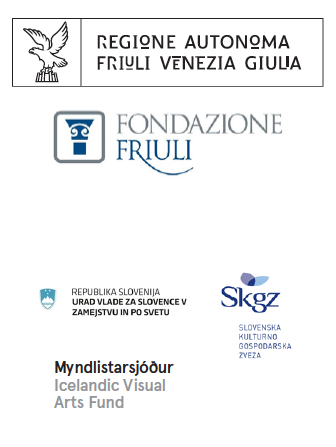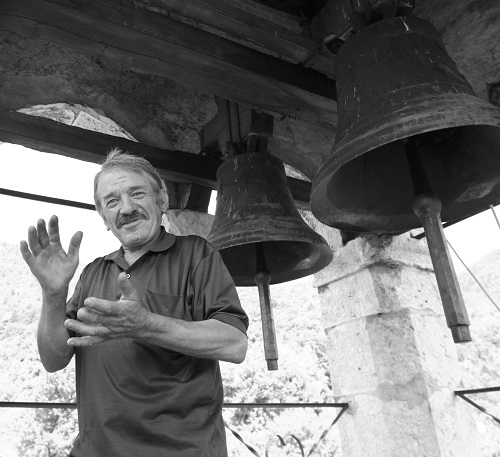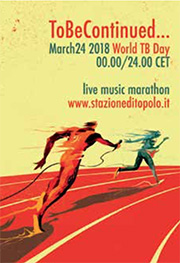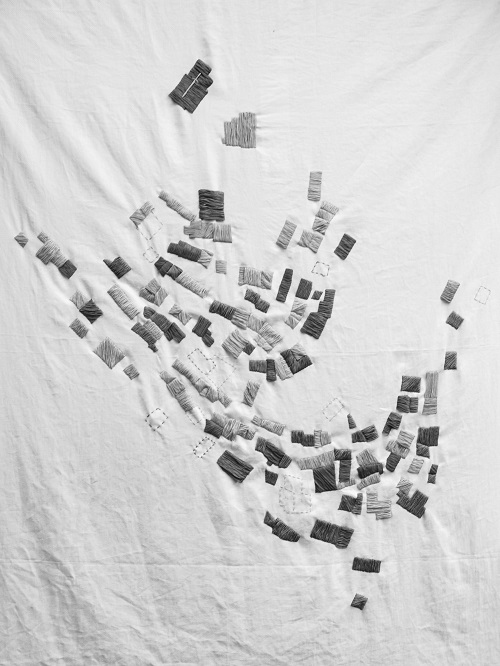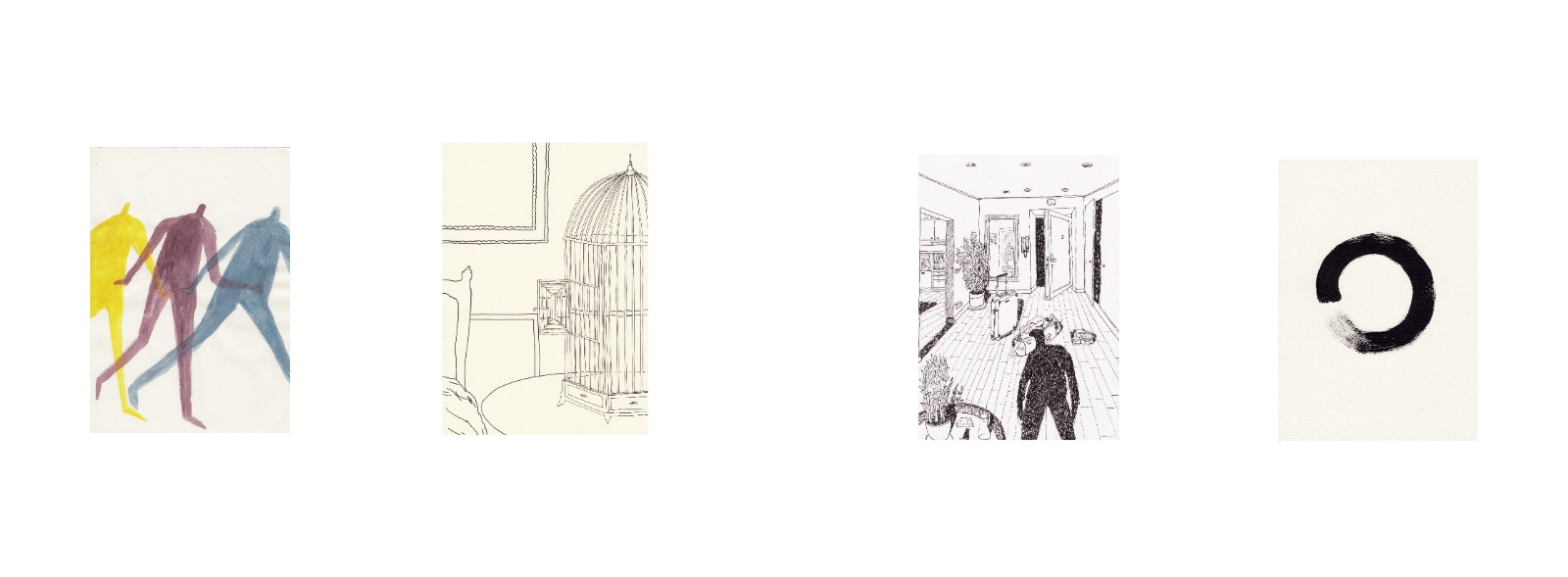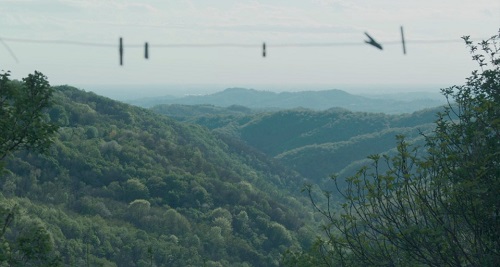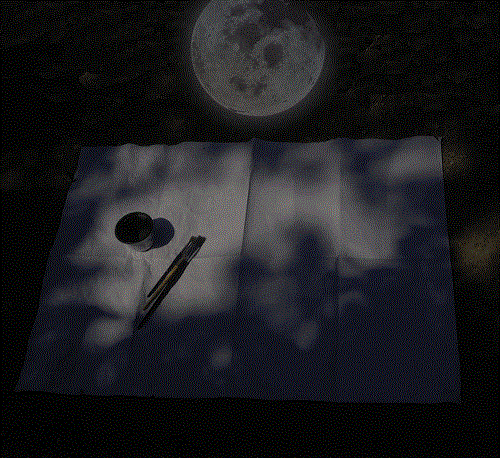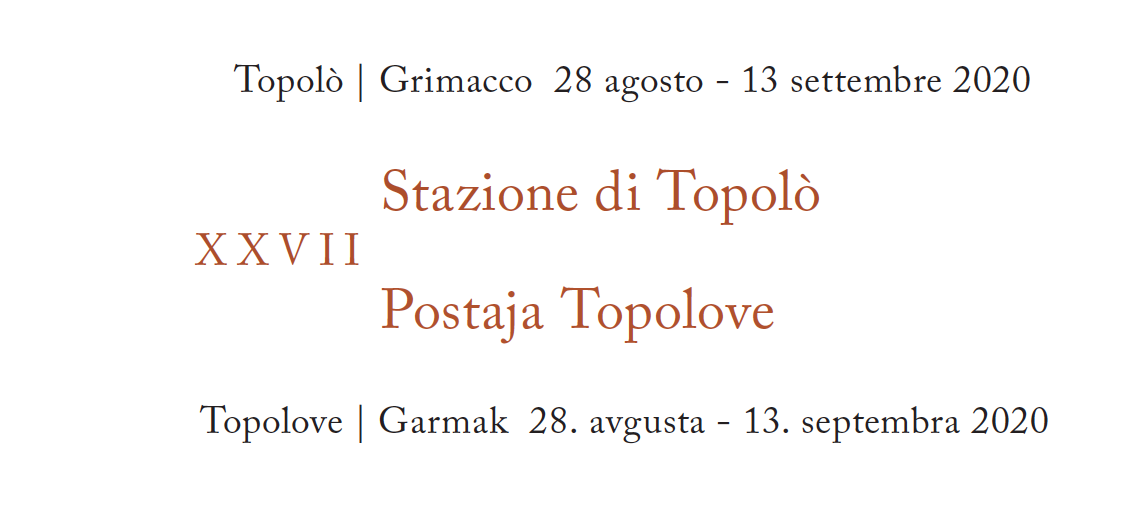
| Friday, August 28th | |
| at 6pm, in the big square | Opening of the XXVII edition |
| following | Ecouter le monde (Listening to the world) a project by Monica Fantini_Radio France International |
| at the old school |
Isolamani 80 days | 80 words | 80 drawings by Elena Rucli and Paolo Giangiulio |
| following | Voices from the Waiting Room meeting with Klarisa Jovanović and Amalia Stulin |
| with the dark | L'heure bleu installation by Jan van der Ploeg curated by the Dutch Embassy of Topolò |
| in closed spaces, in loop until September 1st |
Mihacova klet Osamitev three videos by Tomaž Grom at the old school Lockdown two short movies by Marco Mucig |
| until September 13th | at the Norwegian Embassy Ecouter le monde sonorous postcards by Monica Fantini_ Radio France International at Topolò’s Post office ToBe Continued 2020 sounds for World TB Day The library of the books of the heart reading aloud, curated by Robida casa Juljova hiša PUT Pinacoteca Universale di Topolò new acquisitions |
| Saturday, August 29th | |
| at the jewish cemetery |
Concert for voice and double bass with Irena Tomažin Zagoričnik and Tomaž Grom |
| in the evening, in the small square | Voices from the Waiting Room The Whale and the Leafs meeting with the poet Michele Obit |
| with the dark, at the cinema | Coronavirus Diary The life before, preview two short movies by di Marco Mucig, meeting with the director |
| following |
Isolation, for double bass and voice by Matteo Mosolo |
| Sunday, August 30th | |
| late in the morning, beyond the church | Trespass | processing an emerging choreography by Marta Olivieri with Vera Borghini and Loredana Canditone curated by Robida |
| following | Voices from the Waiting Room meeting with the photographer Ulderica Da Pozzo |
| at dusk | Celante concert / presentation of the album by Patrizia Oliva |
| Tuesday, September 1st | |
| around 8pm | Quintetto Abimà traditional and cultured jewish music for clarinet and string instruments in collaboration with Viktor Ullmann festival |
Friday, September 4th |
| in a house in the village, until September 13th | Isolamenti video by Elena Rucli |
| in the village, all day long | Gestation a project of relational art by Giulia Iacolutti |
| around 5pm | Voices from the Waiting Room The Theory of Empty Villages meeting with the writer Mauro Daltin |
| following | Ecouter le Monde a project by Monica Fantini_RFI |
| at dusk | Belledonne for herbs, plants, sounds and images a project by Patrizia Oliva and Beba Fink |
| Saturday, September 5th | |
| at 11 in the old school, until September 13th | for two people at a time Archaic perceptions of a singing body in the magical and profane territories of Topolò by Isabelle Duthoit |
| during the day | Gestation a project of relational art by Giulia Iacolutti |
| around 4pm | Dotik Fades_Sonorous constellation on the harmonic series of 3_5_7_11_13 by Antonio Della Marina |
| following | The Memory of Sound and Space sonorous project for Topolò by Zahra Mani |
| in the evening | Dotik meeting with the film director Stefano Giacomuzzi |
| at 7.30pm, at Liessa | V nebu luna plava / La luna nuota nel cielo literary gathering, organized by KD Rečan |
| at 9pm, at the cinema | Under the Cold Stars documentary by Stefano Giacomuzzi curated by the Institute of Topology of Topolò |
| Sunday, September 6th | |
| at 10am, walk to Javorca | Patriarchy_Serenissima Sergio Zilli, historian, tells about our border |
| in the first afternoon | I-Stanze play/video/work on an online platform by Enrico Gabrielli/19'40"/Effetto Larsen |
| from the afternoon, at Zorio’s Star | The Time of the River Erica Benfatto, voice; Silvia Morandi, dance |
| around 5pm | An architectural project for new ways of living Topolò | Topolove a dissertation, Prešeren Prize UL 2019 by Janja Šušnjar |
| following, in the forest | Archaic perceptions of a singing body... by Isabelle Duthoit |
| with the dark | Nocturnal Sandro Carta, trumpet and electronics |
| from 8th to 13th September | Pleasure Rocks, topolove performative installation / inter-actions of bodies and minerals residence of Titta C. Raccagni, Barbara Stimoli and Alessia Bernardini |
| Friday, September 11th | |
| until September 13th | Gestation, outcomes of the project by Giulia Iacolutti |
| around 6pm | Voices from the Waiting Room Of Blood and Iron meeting with the writer Luca Quarin and editor Fabio Mendolicchio |
| following, at the Norwegian Embassy | Pleasure Rocks, 1 installation of the project by Titta C. Raccagni, Barbara Stimoli and Alessia Bernandini |
| with the dark, at the cinema | a talk with the film director Gregor Božič and the producer Marina Gumzi about the filmStories From the Chestnuts Woods Stories From the Chestnuts Woods |
| Saturday, September 12th | |
| today and tomorrow, Mihacova klet | The Circle of the Harmonious Sound a video by Björk Viggósdóttir |
| at around 11pm, at Zorio's star | Mini Piano Tour Experience. Topolò Alessandra Celletti, piano toy |
| at around 2pm, at the Stamorčak | Pleasure Rocks, 2 performative body installation by Titta C. Raccagni and Barbara Stimoli |
| following | Cure for humanity. A sound bench inauguration of a sound bench installation by CoH |
| around 5pm, in the small square | The 1420 told by the writer and historian Angelo Floramo |
| following, at the cinema | Metamorphosis by Giovanni Maier, double bass and Flavio Zanuttini, trumpet |
| with the dark, at the cinema | Andrey Tarkovsky. A Cinema Prayer a testimony by Andrey Andreyevich Tarkovsky with Gianfilippo Pedote |
| Sunday, September 13th | |
| at 11am, at Stamorčak | Pleasure Rocks, 3 by Titta C. Raccagni and Barbara Stimoli |
| at around 2pm, at Zorio's star | Archaic perceptions of a singing body … by Isabelle Duthoit |
| following, at Stamorčak | Where is the poetry? a short poem by Gianfilippo Pedote |
| towards evening | Rational Music rhythmic seralism concert by Sebastiano De Gennaro |
| with the dark, in the big square | Les Tambours de Topolò (The rhytm from) The rehersal room. Intimate concert for distancing and barrels |
The participation at every event and workshop is free. |
|
|
|
Stazione di Topolò · Postaja Topolove is realised by Associazione Topolò - Topoluove with the patronage and collaboration of Comune di Grimacco (Udine) with the support of Regione Autonoma Friuli Venezia Giulia | Assessorato alla cultura Fondazione Friuli and of Urad Vlade RS za Slovence v zamejstvu in po svetu SKGZ, Myndlistarsjóður - Islandic Visual Arts Fund in collaboration with Radio France International, Film festival Kino/Otok Isola Cinema, Cerneaz Pianoforti, ProLoco Nediške Doline, Zavod Sploh, Entract, Unikum-Klagenfurt, Ass. Continuo, PS Projectspace, Parrocchia di Liessa-Topolò, KD Rečan, Festival Viktor Ullmann art direction Moreno Miorelli, Donatella Ruttar technical director Valerio Bergnach Voices from the waiting rooms Antonella Bukovaz info: morenomior@gmail.com · donatellaruttar@gmail.com +39 335 5643017 | +39 338 8764776 |
